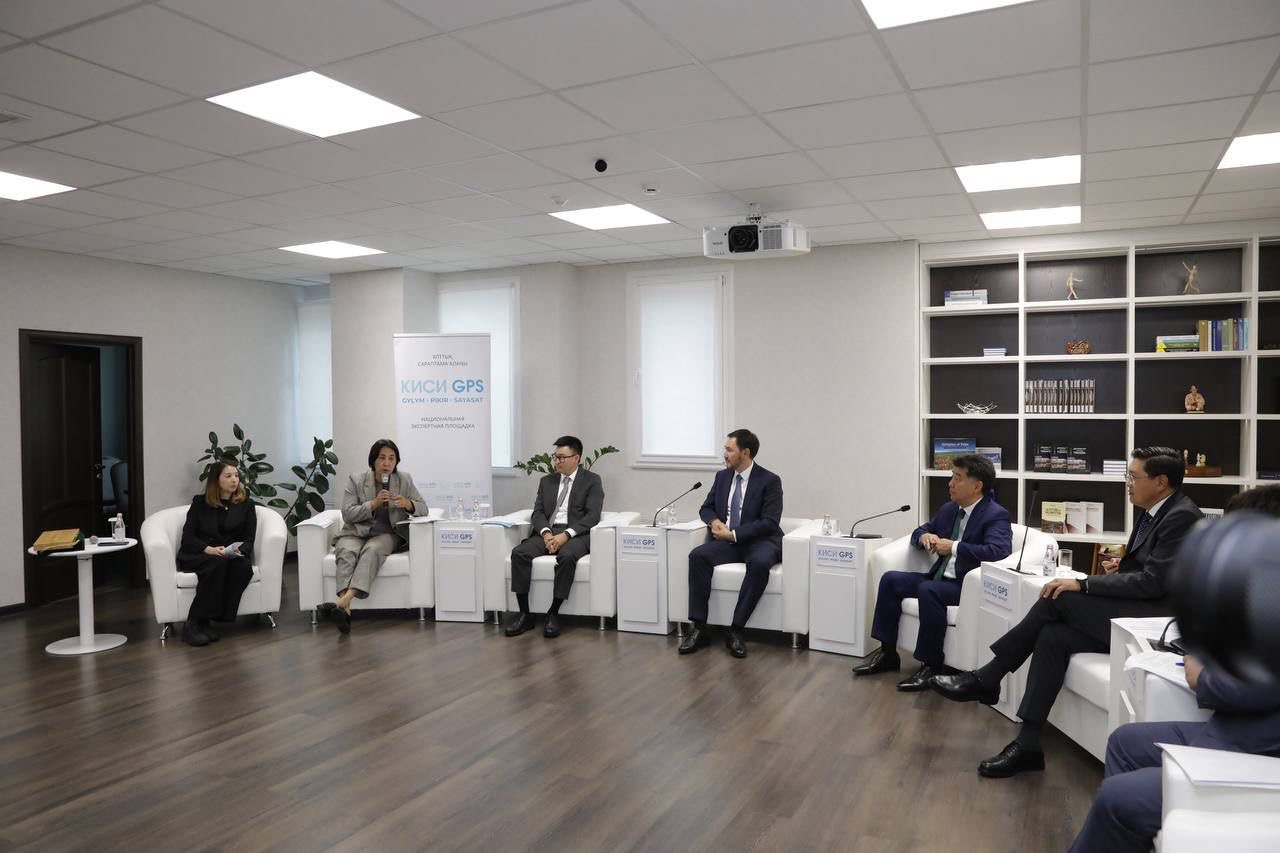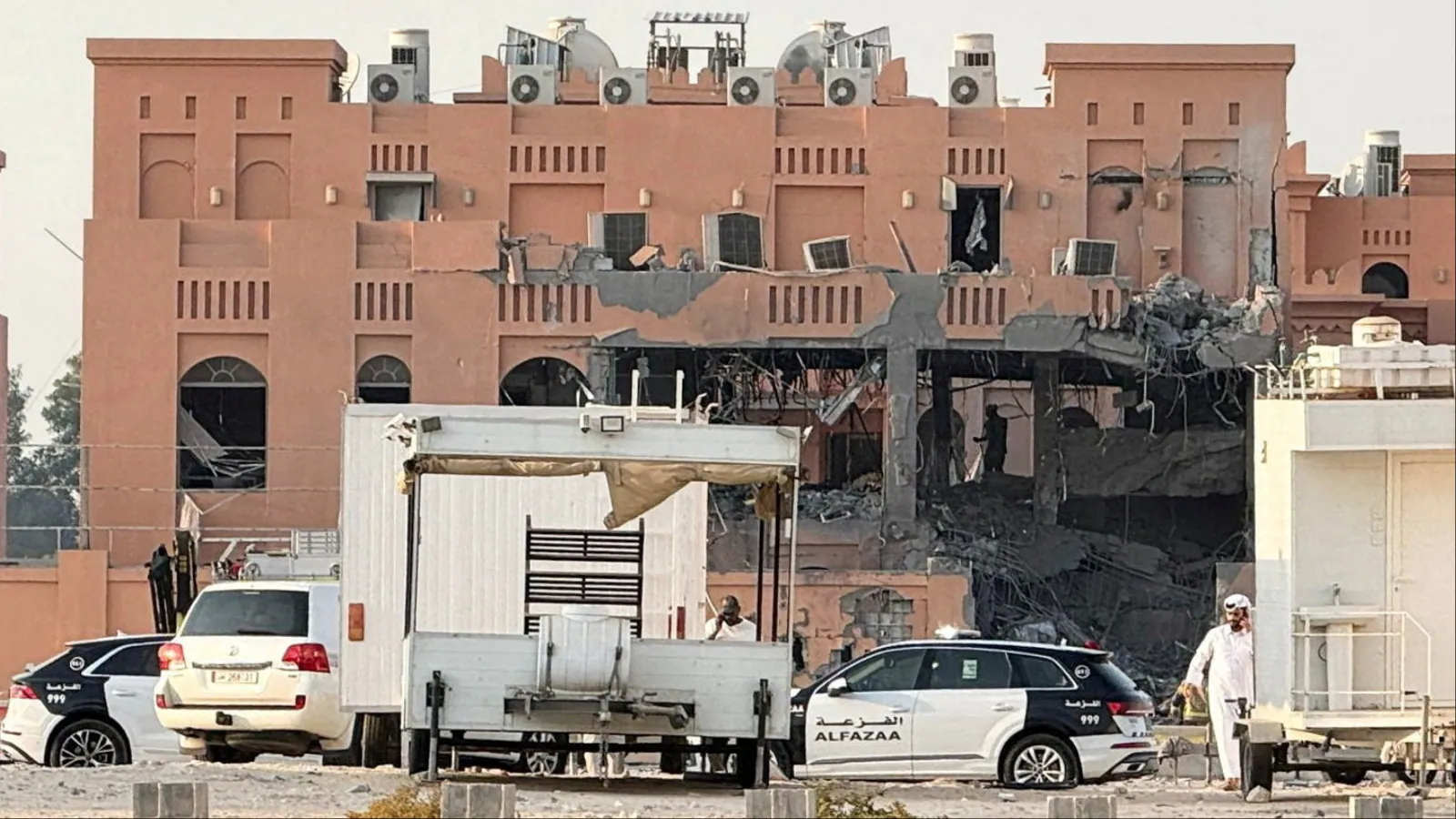By Fatima Kemelova,Nagima Abuova
Copyright astanatimes

ASTANA — The Kazakhstan Institute for Strategic Studies (KazISS) convened its national expert platform on Sept. 9 to unpack President Kassym-Jomart Tokayev’s annual state-of-the-nation address.
The meeting, part of a series titled KazISS GPS: Gylym. Pikir. Sayasat (Science, Opinion, Politics), outlined practical next steps for Kazakhstan’s development, centering on three vectors: political modernization, socio-economic reforms, and the integration of digitalization and artificial intelligence.
Reforms require deliberation
KazISS Director Zhandos Shaimardanov underlined the broad scope of reforms outlined in Tokayev’s address, including the proposal to hold a 2027 referendum on transitioning to a unicameral Parliament, and stressed the need for careful, paced public debate.
“Political transformations initiated by the head of state are indeed fundamental. They establish new political traditions and a new political culture, which will become the foundation for the further political modernization of our country,” Shaimardanov, who was appointed in June, told the press.
He noted that many of the reforms, particularly those related to politics, should not be rushed.
“Over the next year to year and a half, we will actively discuss what our political system should look like in the future,” he added.
Currently, Kazakhstan’s Parliament consists of two chambers: the Mazhilis, a lower house, elected directly by the people, and the Senate, an upper house. Tokayev’s proposal would dissolve the Senate and reshape the legislative structure.
A measured path to a unicameral model
Alikhan Baimenov, the chairman of the Astana Civil Service Hub’s steering committee, linked Tokayev’s proposal to three long-term drivers: human capital, technology, and institutions. He noted that a unicameral parliament could better align with Kazakhstan’s unitary state and strengthen political stability.
“In the current Constitution, the contradictions between the two chambers sometimes lead to political tension (…) But a unicameral Parliament is closer to the unitary nature of our state. It increases the stability of the political system,” said Baimenov.
He explained that while the Senate was initially designed as a balancing force to complement the Mazhilis, it has, at times, created friction within the legislative process. According to Baimenov, eliminating the upper chamber would simplify lawmaking and place greater responsibility on political parties to develop clear programs and values.
“First of all, parties need to define themselves by their values and their programs. Sometimes, when you listen to deputies, it seems they do not know their own party’s program or its values. Therefore, parties must learn to hold internal discussions, go out to the public, and justify their positions,” said Baimenov.
He added that many parties still operate as “associations of well-known people” rather than organizations built on programs and values. Stronger competition and a more independent business sector, he said, are crucial to build real party platforms.
“For independent parties, independent media, and independent political research to exist, we need an independent business sector that is not dependent on government procurement,” he added.
Baimenov emphasized that the political system ultimately sets the boundaries for governance. It is the mechanism linking officeholders to public opinion, and if that connection is weak, the state risks drifting away from the people.
“The administrative system, the governance system, and the civil service, no matter how much they develop, are ultimately shaped by the boundaries of the political system. If the political system is not improved from time to time, not adapted to the will of the people and the demands of the age, it becomes an obstacle to development,” he said.
Updating investment strategy
Syrymbet Kaskeev, a deputy chairman of the Agency for Strategic Planning and Reforms, focused on Tokayev’s call to overhaul investment attraction. He stressed that predictability and transparency are increasingly decisive for global investors, particularly amid sanctions and geopolitical uncertainty.
“Along with the development of digitalization and the application of artificial intelligence in practice for the development of industries, the president highlighted investment policy as a key priority and set the task of fundamentally updating the system of attracting investments,” said Kaskeev.
He noted that Kazakhstan aims to attract $150 billion in foreign direct investment by 2029 and highlighted a new regional investment attractiveness index to be built by the agency using national statistics, investor surveys and expert input. The goal is to foster competition and accountability among local authorities.
“According to the latest United Nations Trade and Development data from last year, global flows of foreign direct investment decreased by 11%. The key point here, if we examine the structure of investment activity, is that developed countries are once again becoming the primary recipients. If earlier developing countries were the main magnet for investment activity, now the focus is shifting back toward developed states,” said Kaskeev.
“What does this indicate? Experts believe, and we share this view, that predictability and transparency of rules have become decisive factors for investors. The geopolitical situation and sanctions have increased the importance of these considerations when investors make choices and set priorities,” he said.
Beyond inflows, Kaskeev emphasized effective use of capital and a more dynamic role for small and medium-sized enterprises, which currently account for a significant, but yet expandable, share of gross domestic product.
According to the Bureau of National Statistics, as of April 1, SMEs accounted for 38.6% of Kazakhstan’s GDP, up 0.9% compared to the same period in 2024.
“Nearly 40% of our economy is generated by small and medium-sized businesses. But this is not the limit. There are large reserves – almost two million small enterprises,” said Kaskeev.
Building AI aligned with Kazakhstan
Yerbol Absalyamov, an executive director of the Institute of Smart Systems and Artificial Intelligence at Nazarbayev University, framed AI’s progress around three pillars, including people, data, and computing power, and noted that Kazakhstan can lead regionally by rapidly adapting frontier models to national needs.
“AI rests on three main aspects. The first is people – experts and practitioners who write code and work with data. The second is data; without it, you cannot build a model. And the third is computing infrastructure – those very supercomputers. When you have these three factors, you can be considered a leader in this field,” said Absalyamov.
“When the global race comes down to who can implement and adapt models to national needs faster, we can also break ahead. Our advantage is youth. We have very strong, advanced young people,” he said.
Absalyamov noted that nearly all students at the institute are local, reflecting Kazakhstan’s strong pool of talent. He said similar patterns can be observed at other universities and regional hubs, where young specialists working with advanced technologies gain valuable expertise and skills.
“They are in no way inferior to engineers at Google, OpenAI, or Meta,” he said.
Absalyamov also highlighted practical applications, including Kazakhstan’s first large language model trained on 150 billion Kazakh-language tokens, satellite-based flood risk mapping, and AI-driven cargo screening at customs.
“Three to four years ago, the state revenue committee asked us for help,” he said, describing a model that analyzes X-ray images of trucks and trains to detect mismatches between cargo and declarations.
“Operators must visually match images to declarations. Sometimes a declaration says balloons, but the cargo is tires, to pay less duty. Human factors lead to mistakes. We trained a model on 30,000 X-ray images that flags likely objects in three seconds to ease operators’ work,” said Absalyamov.
Absalyamov also stressed that AI should reflect Kazakhstan’s values and culture.
“Even if a foreign model knows the Kazakh language, there is no guarantee its answers align with our ways of thinking, history, traditions, and culture. (…) We design with two principles: AI for good, and AI aligned with Kazakhstan,” he said.



